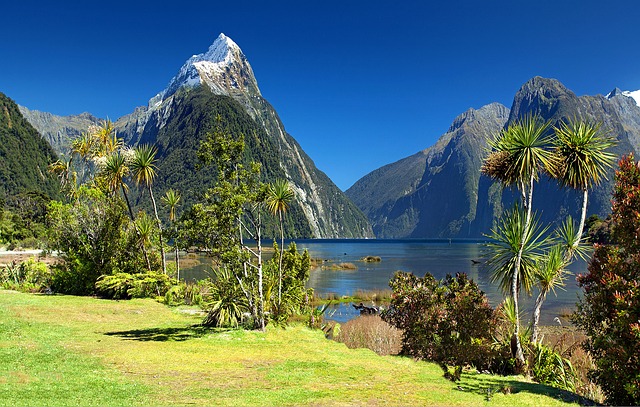The Difference between Climate and Weather

An extremely straightforward answer to this question is “Climate is what you expect that the weather is precisely what you get.”
Both weather and climate refer to local conditions (rain, humidity, wind electricity, etc.) at a particular location or region, however, the main difference between those is a problem of time. “Weather” identifies local countries about the number of moments, hours, days, and sometimes even months for a long time: you might have a particularly rainy afternoon, warm wintertime, or even rainy season. “Climate” is a kind of climate states over 30 decades or more and might be evaluated for a single location, big area, or globally. Although the weather may vary dramatically in 1 region in the day to day (like a case, cold and rainy times, followed by heat, humid states every day), climate generally changes less quickly as it reflects the typical weather conditions within an extended period of time.
In the united states, people for at least 140 years have quantified the climate, meaning lengthy files exist to track climate which was contemporary in detail over exactly the time period. To track climate and climate step temperature over land and from the sea, air humidity, stress, rain and snowfall, wind speed, sunlight, and distinct things. Additional information to track climate may comprise a lot of distinct qualities of the Earth program, the whole period of seasons, measurements of Arctic and Antarctic sea ice, trends in weather predictions over several decades, along with also the frequency of rainfall events or even temperatures. Geoscientists judge climate through events before weather measurements by analyzing data from ice cores, coral reefs, tree rings, and also distinct regions of the listing.
The reason climate is normally measured by that averaging weather conditions is if countries can be affected by a lot of things. You’ll see common patterns in the sea and atmospheric conditions in annual to decadal scales that could lead to especially cold, warm, moist, or even lengthy — or maybe moist or rainy decades — all over the world but that does not automatically signify the entire climate is changing. By means of example, in case El Niño countries are created in the tropical Pacific Ocean, the southern United States was wetter, whereas the southern United States is headquartered under La Nina conditions. To have the ability to comprehend changes accounts and geoscientists need to measure such as such over periods of decades.




